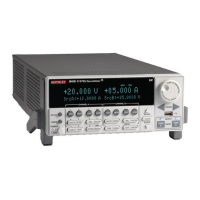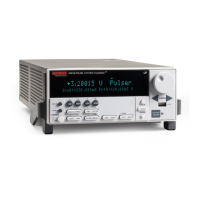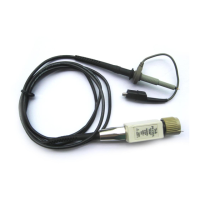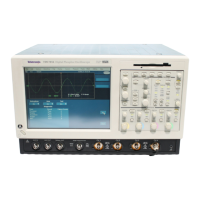Figure 111: TSP command name and summary table
1. Instrument command name. Indicates the beginning of the command description. It is followed
by a brief description of what the command does.
2. Type of command. Commands can be functions, attributes, or constants. If the command is an
attribute, it can be read-only (R), read-write (RW), or write-only (W). For detail on commands, see
Introduction to TSP operation (on page 7-1).
3. TSP-Link accessible. Yes or No; indicates whether or not the command can be accessed
through a TSP-Link network.
4. Affected by. Commands or actions that may change the setting of this command.
▪ LAN restore defaults: This command is reset to the default value when
lan.restoredefaults() is sent.
▪ Digital I/O trigger N reset: This command is reset to the default value when
digio.trigger[N].reset() is sent.
▪ Recall setup: This command is stored as part of the saved setup and is changed to the value
stored in the saved setup when the setup is recalled.
▪ Instrument reset: This command is reset to the default value when reset(),
localnode.reset(), or *RST is sent.
▪ SMU reset: This command is reset to the default value when smuX.reset() is sent.
▪ Power cycle: This command is set to the default value when the instrument power is cycled.
5. Where saved. Indicates where the command settings reside once they are used on an
instrument. Options include:
▪ Not saved: Command is not saved anywhere and must be typed each time you use it.
▪ Nonvolatile memory: Storage area in the instrument where information is saved when the
instrument is turned off.
▪ Saved setup: Command is saved as part of the saved setup.
6. Default value: Lists the default value or constant for the command. The parameter values are
defined in the Usage or Details sections of the command description.
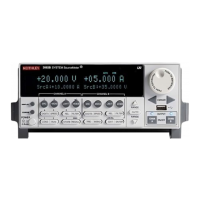
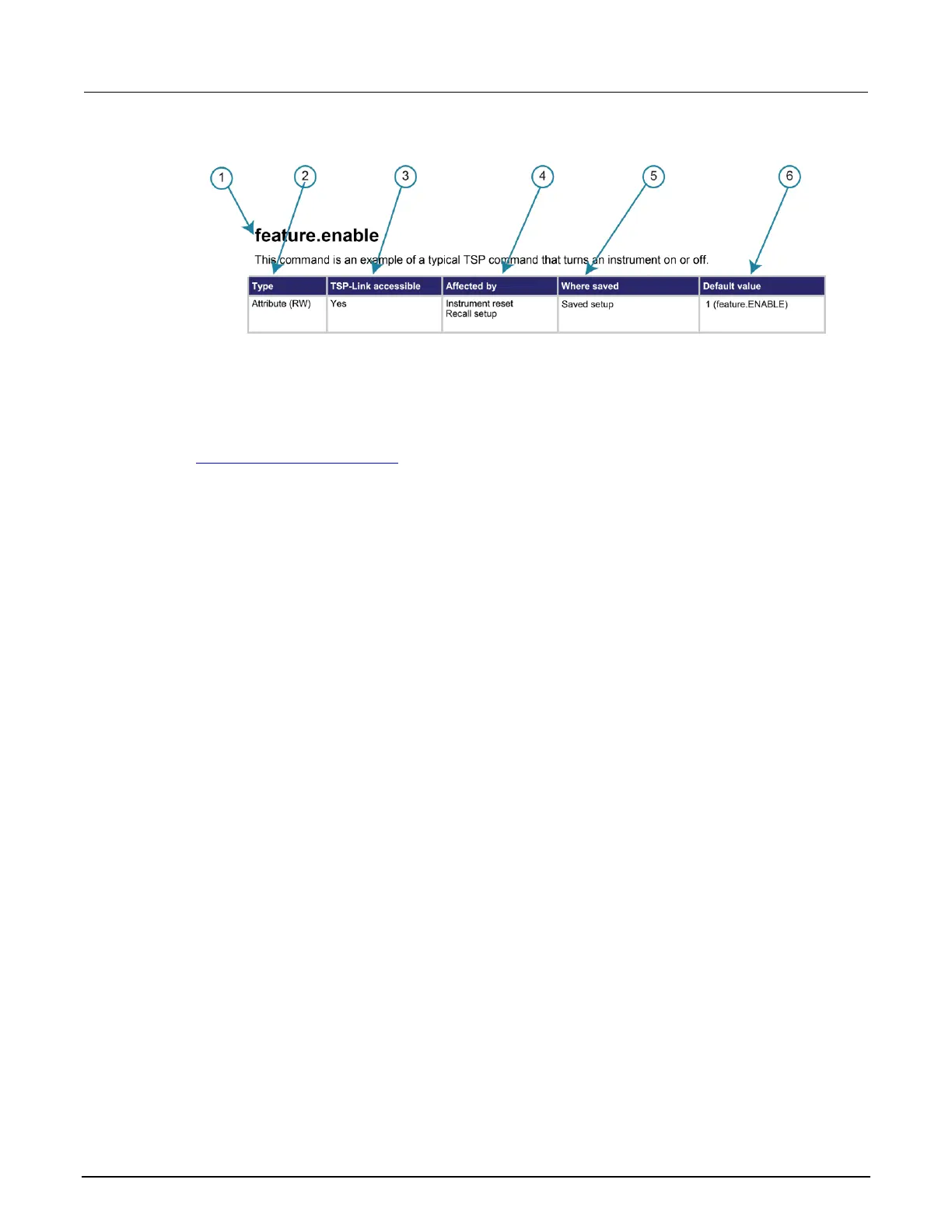